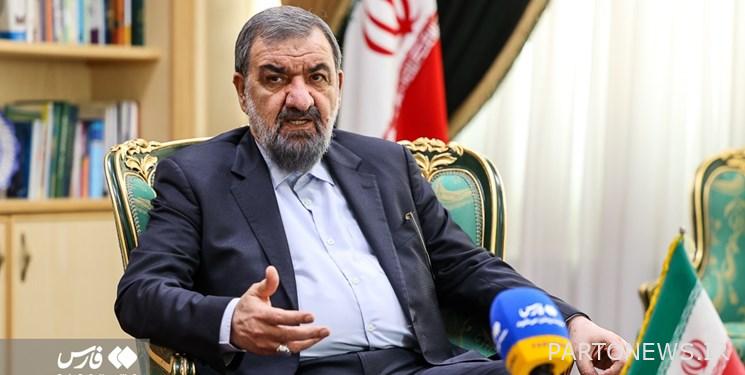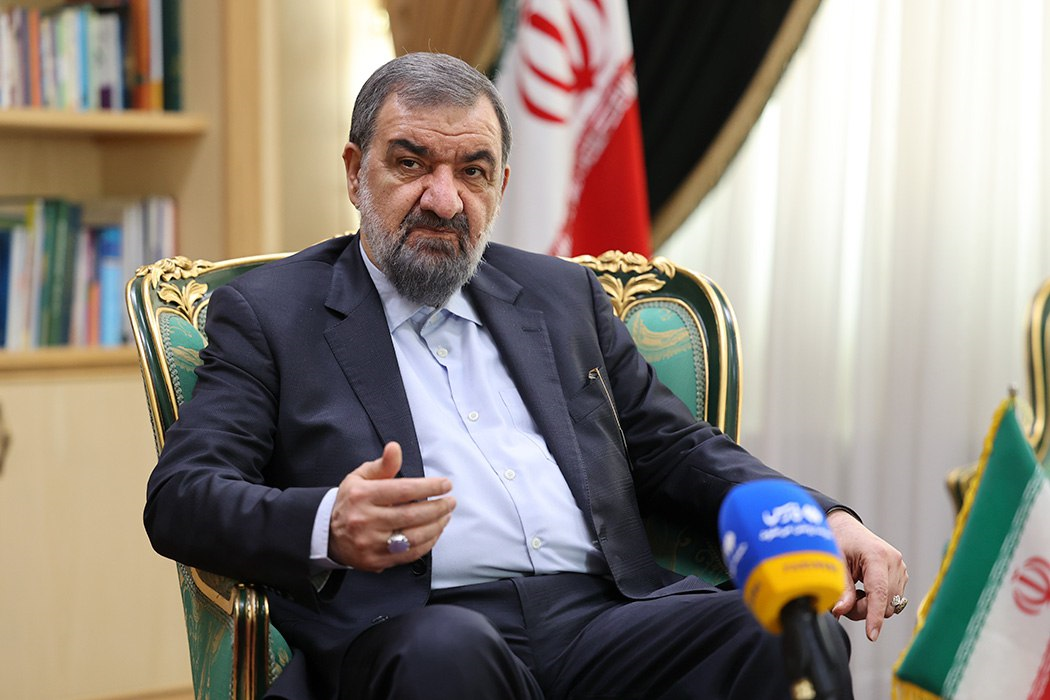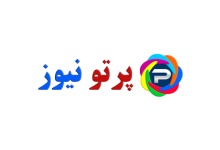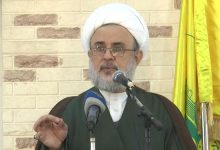Notification of the industrial strategy in the next few months/organization plan of 3 unhealthy credit institutions on the table of the Council of Heads

According to the economic reporter of Fars news agency, financing the development and the government’s big plans in this area is one of the very important issues for Iran’s economy. Due to the importance of the issue and in line with the examination of its various dimensions, it was decided with Mohsen Rezaei, the economic vice president. Let’s have a conversation about this.
In this conversation, important points about the government’s plan for formulating an industrial strategy and directing liquidity towards productive activities and development of the country were raised by the economic vice president, which you will read below.
* One of the problems of Iran’s economy is lack of liquidity management
Fars: A review of the last two or three decades shows that resource limitations for financing development have intensified in the 1990s; Currently, the most important source for infrastructure development is the public budget, and other methods such as financing from the banking system have had a significant decline in these years. In this context, an innovation has happened in the government’s transformation document, which allows the government to use the tools of the development bank to finance development in addition to the budget, and a development bank is established. In your opinion, what tools can we use in the field of development financing?
Rezai: Now there are two opinions, some people say that we have few resources, that is, liquidity is low and only 70% of GDP (Gross Domestic Product) is liquidity. Others say that there is a lot of liquidity, and this increase in liquidity has caused inflation and slowed economic growth; They should be asked where liquidity is high and where it is low. In fact, there is little liquidity in the country for productive activities, but there is a lot of liquidity for non-productive and rentier activities.
* We must increase the risk of unproductive and rentier activities
In fact, the problem of Iran’s economy is the management of liquidity, that is, if we can direct this existing liquidity (which is low compared to GDP) in the right direction, the problem of inflation will be solved and economic growth will occur. But the important thing is that this should be done through economic methods and tools. The attractiveness of productive activities should be increased and the risk of rent activities should be increased; This strategy helps the country’s liquidity go towards productive activities and increase efficiency.
Development does not mean only a quantitative increase, but simultaneously with the increase in production, we must also advance the components of investment and development of foreign trade, because production will not go anywhere without investment and trade, and warehouses will be filled with goods that are not sold.
Therefore, the issue of providing development resources should also be considered in trade, transit and markets; It means expanding the market and directing liquidity towards production, investment and the market. If these three components become attractive and the efficiency increases and the risk of rentier and unproductive activities increases, the development in Iran will accelerate.
* Producers’ tax was reduced with the aim of directing liquidity/ we should increase the tax on rentier activities
Fars: In your opinion, what are the means of directing liquidity towards productive activities?
Rezai: In this government, the tax rate has been reduced by five percent in the 1401 budget and another two percent in the 1402 budget. But the taxes on rent activities, which unfortunately have a large volume, should be increased and the cost should be increased, and smuggling should also be prevented.
Secondly, in the sector of productive activities, the industrial strategy that is being prepared should be announced as soon as possible. Industrial strategy helps us identify the driving industries and direct resources towards them. Driving industries are industries that are at the forefront of value chains.
For example, the petrochemical industry, which is currently incomplete, if it is fully established in the country, it will form a value chain, and when liquidity enters this industry or the steel industry or other industries, it will generate more benefits due to the large returns and quick return on investment. . Therefore, the industrial strategy is extremely important and should be announced in the coming months.
* Determining several leading industries for priority development and financing
Fars: You mentioned Pishran industries, which are the priority for financing; In the industrial strategy, which industries are determined as driving industries?
Rezaei: There are about 10 to 12 industries that, as leading industries, pull the locomotive of value chains, they are determined in the industrial strategy of these industries.
* Most banks should play a role in the development process/unhealthy banks should be appointed as soon as possible
Fars: Do you think institution-building is necessary for financing development, such as setting up a development bank?
Rezai: The development bank is effective, but since the investment activities in Iran are mainly banking-oriented, it is necessary to make most of the banks participate in the development, and the first requirement for this is to make the banks healthy; It means that unhealthy banks should be assigned duties as soon as possible. From the previous government, 3 unhealthy financial institutions were put on the agenda of the Council of Heads to make them healthy, which continues in this government so that they can deliver the right benefits to the people.
It should not be like this that banks take deposits and have losses on the other side, in other words, the disharmony in the banking system issue will be resolved more quickly, this will contribute to the development of the banks. There are also suggestions that the National Development Fund should be allowed to invest in oil and gas production, although it is not certain at the moment and is currently being discussed.

* Development financing with secondary corridor design
Fars: You mentioned that the participation of banks is necessary for the financing of development. The experience that exists in different countries in this field is credit management. Do you mean something like this? It means that banks should directly participate in projects with suitable returns and on the other hand, the central bank or the upstream institution should consider incentives for that bank so that the bank invests in that project instead of investing elsewhere or giving facilities?
Rezai: There are various tools for the bank to participate in development, project funds can be one of them; The participation of the bank and the capital market can be another option, which I named the secondary corridor; In such a way that the bank and the capital market create a secondary corridor parallel to the primary corridor.
The creation of this corridor is one of the proposals that we are working on in the transformation of the banking system, and if the Council of Heads of Power approves it, a third institution will be created, which is both a bank and a capital market, which will cause a lot of liquidity inside the country due to The attractiveness and purposefulness of this corridor should gather from the society and go towards investment and development.
In the secondary corridor of attracting liquidity and directing credit, we seek to use different and innovative tools; Including the project fund, which is formed according to the invested project. Some funds are temporary and from the beginning to the end of a project and then they are dissolved; Some of these instruments, however, remain longer as distributions of shares that attract resources and issue shares.
* Production, export and transit of 3 engines of the country’s development/development of the North-South corridor is an important and necessary strategy
Fars: Some time ago, with the approval of the Council of Heads and the approval of the supreme leader of the revolution, it was decided that the financing of rail projects would be with oil clearance. Do you think this method is effective or should other methods be used to achieve this goal as soon as possible?
Rezai: The sources of national wealth in Iran are 3 key sources, i.e., production, export, and transit. Over the last 100 years, exports and transit and the income from them have been cut off, and mainly the resources and raw mines of the country have been sold and imported. . In this government, many efforts have been made to launch the second engine of development, i.e. export, and the third engine of development, which is transit, alongside production.
This sector has increased its exports by 19% this year, but it is not enough. To achieve this, the issue of transportation is very important, so ports, airports, and international railway lines should be developed as soon as possible, and transit corridors should be east, west, and north. and connect the south of the country. In this way, Iran’s economy will not only move with production, but with the three engines of production, export and transit, and we can make up for our backwardness faster than in the past. The issue of the North-South corridor is a very important and necessary strategy, and we welcome any country, be it China, Russia, or Europe, that is willing to invest and participate in this project.
Fars: Thank you for taking the time for this interview.
Rezai: I thank you too.
end of message/

